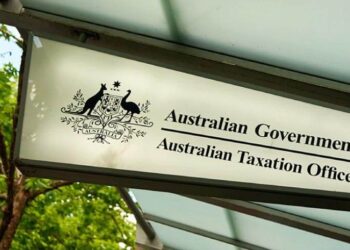In a blog, Heffron head of SMSF technical and education services Lyn Formica responded to a query from an adviser over whether their client is allowed to sell property owned in a 13.22 trust to an unrelated party on vendor finance terms over a three-year period.
“In short, no,” Ms Formica said.
“SMSFs are not permitted to hold more than 5 per cent of their assets in ‘in-house assets’. In-house assets generally include loans to, investments in and assets leased to related parties, and investments in related trusts.”
However, Ms Formica said there are a number of exemptions, one of which is units or shares in a 13.22C trust.
She said one of the most well known of rules of 13.22C trusts is that the entity must not borrow; however, there are actually a number of other conditions these entities must meet and a number of events which can cause these entities to no longer meet those conditions.
Ms Formica said the requirement that the trust not lend money to other entities becomes relevant, whether they are related parties of the SMSF or not, under SIS Regulation 13.22D(1)(b).
In addition, the definition of a “loan” in this case is very wide.
“The underlying transactions of a vendor finance contract is a loan by the trust to the purchaser and the use of those monies by the purchaser to acquire the property,” Ms Formica said.
“Even though no money changed hands, the trust has lent monies to another entity (i.e. the purchaser).
“Interestingly, there is no similar definition of ‘borrow’ which is why an SMSF can acquire things on vendor finance terms in the right circumstances and why money needs to change hands when an SMSF wishes to use vendor finance to borrow under an LRBA.
“This loan means the trust failed the non-geared entity rules and the fund’s investment in the trust has become an in-house asset.”
Ms Formica said if the value of the fund’s units in the trust was more than 5 per cent of the market value of the fund’s total assets at the next 30 June (e.g. 30 June 2020, if the vendor finance transaction was executed today), the fund will be required to develop and implement a written plan by which the fund will dispose of its units by the next 30 June (e.g. 30 June 2021).
Should this plan not be implemented and the units sold by 30 June 2021, Ms Formica noted the fund will breach the in-house asset rules.
She added that while it may be that a client intends to wind up the trust after the sale of the property (i.e. the fund may be planning to redeem its units anyway), the three-year term of the vendor finance arrangement will not allow the loan to be repaid and the fund’s units redeemed in the required time frame.
“In this case, it may be appropriate for the trustee to make voluntary disclosure of the situation to the ATO and request the commissioner’s discretion for a longer time period to dispose of the in-house asset,” Ms Formica said.
“There is no guarantee the commissioner will exercise its discretion, particularly given the relatively long time frame for rectification.
“However, the inadvertent nature of your client’s breach, the current economic environment and the ATO compliance concessions already offered for in-house asset breaches will be factors in their favour.”



Actually, it’s not that straightforward. Have a look at example 9 in SMSFR 2009/2. Often, vendor finance arrangements are not borrowings.